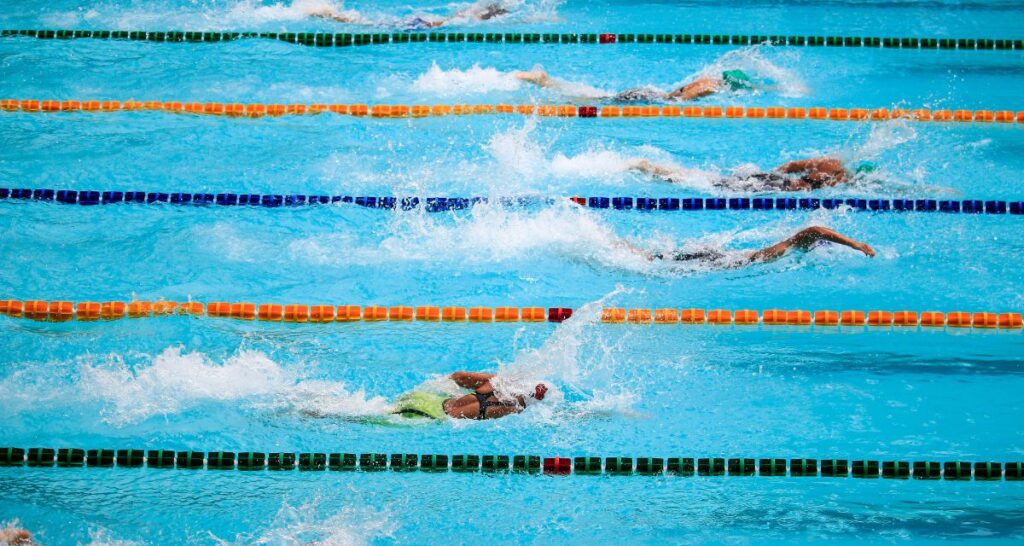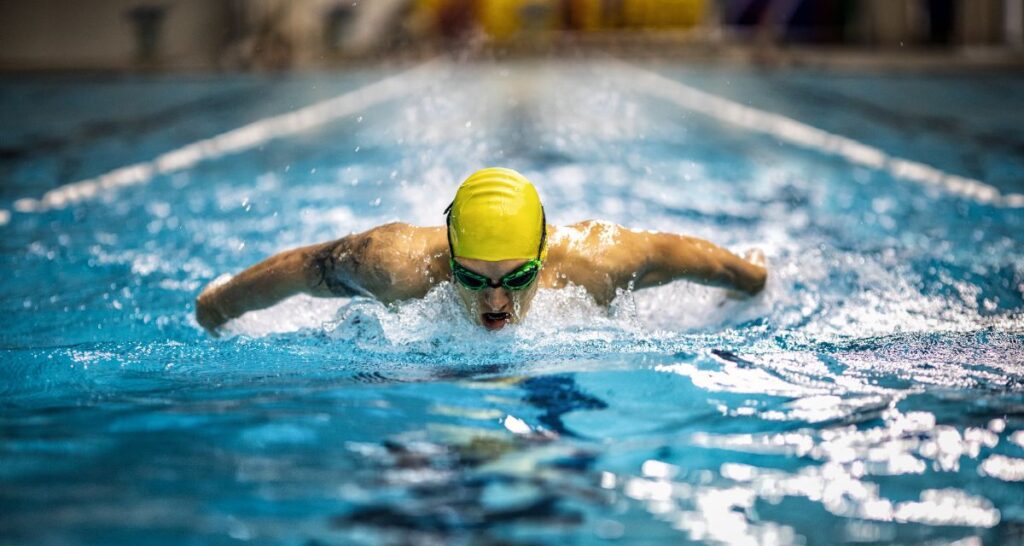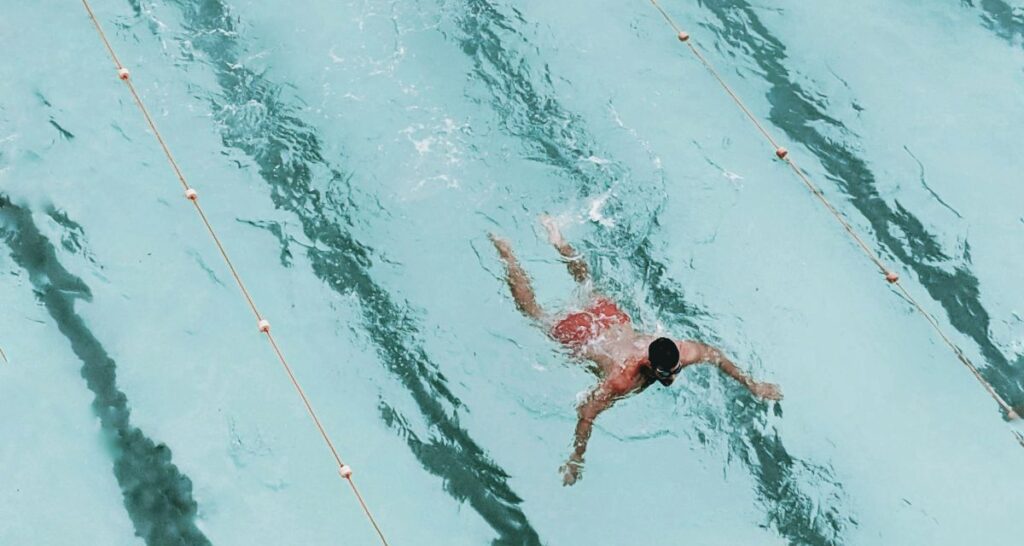For aquatic thrill-seekers and diving enthusiasts, an incredible array of competitive and recreational underwater sports exists to provide unparalleled adventures beneath the surface. Ranging from laidback snorkeling to intense rugby matches, underwater sports open up a weightless world of excitement under the sea. This blog will examine various underwater sports, skills needed, appeals, and competitive formats to showcase the diverse athletic pursuits and experiences available. Read on to learn how to dive into the dynamic world of underwater sports!
An Introduction to the Appeal of Underwater Sports
Performing athletic activities below the surface provides unique benefits and sensations including:
- Freedom of Motion – Water’s buoyancy enables extra agility and three-dimensional movements impossible on land.
- Undersea Exploration – Underwater sports allow up-close exploration of vibrant ecosystems, coral reefs, and marine life.
- Cardiovascular Intensity – Moving through water resistance provides an inherently high-intensity workout.
- Meditative Calm – The muffled, womb-like underwater world induces relaxing zen.
- Technical Skills – Mastering the use of compressed air, buoyancy, and specialized gear takes dedication.
- Breath Control – Competitive free diving builds incredible lung capacity and endurance.
- Speed Bursts – Finswimming allows bursts of speed impossible when surface swimming.
- Creativity – Underwater photography and videography capture hidden beauty.
This combination fosters positive mental health, fitness, nature connection, and thrills, unlike any land sport.

Overview of Popular Underwater Sports
The most common underwater sports across recreational and competitive domains include:
- Scuba Diving – Using compressed air tanks to breathe underwater continuously when exploring depths.
- Free Diving – Descending and ascending through breath holding without oxygen. Tests mental and physical limits.
- Underwater Hockey – Fast-paced 6vs6 team competition moving a puck with short sticks along the pool bottom.
- Underwater Rugby – Full-contact aquatic sport where teams wrestle over a heavy puck and advance it towards goals.
- Underwater Photography – Photographing vivid scenes like coral reefs and marine life using underwater camera gear.
- Finswimming – Propelling through water at high speeds via efficient fins and underwater kicking techniques.
- Snorkeling – Entry-level underwater breathing through a mask and snorkel. Recreational and racing variants.
- Spearfishing – Stalking and capturing fish using handheld spears while free diving.
Each requires specialized equipment and training for safety and competition viability.
Scuba Diving – Exploring the Depths
The most popular underwater sport, recreational scuba diving uses compressed air tanks to allow breathing underwater continuously. This enables exploring vivid coral reefs, shipwrecks, cavern systems, and more across a wide range of depths. Scuba requires obtaining PADI or NAUI certification to learn the proper use of buoyancy control, gear maintenance, and safety protocols. It opens up an entirely new underwater dimension.
Free Diving – Pushing Limits of Breath Holding
In free diving, participants descend and ascend while holding their breath without oxygen assistance, relying entirely on lung capacity. Different competitive disciplines measure who can dive to the greatest depths, distances, and durations on a single breath. Training regimens expand lung volume. Proper safety supervision is essential given blackout risks. Free diving pushes the limits of human endurance.

Underwater Hockey – Fast-Paced Undersea Tactics
Underwater hockey players use short wooden sticks to pass and maneuver a small weighted puck across the pool bottom towards goals in this intense 6-on-6 team competition requiring excellent breath-holding capabilities, mobility, and strategy. Points are scored by advancing the puck into the opponent’s goal using fast passes and tactical offensive formations. Matches are fun, fast-paced tests of underwater athleticism.
Underwater Rugby – Full-Contact Undersea Battle
Underwater rugby is contested between two teams aiming to take control of and advance a negatively buoyant puck into the opponent’s goal by any means. Players wrestle to gain favorable puck possession in this contact-filled game combining aspects of rugby, water polo, and underwater hockey. Specialized gloves allow for grabbing the puck. Points are scored on goals. High energy and endurance are required.
Underwater Photography – Capturing Hidden Beauty
In underwater photography, divers use scuba gear and underwater camera equipment to capture the mesmerizing beauty of coral reefs, shipwrecks, marine life, and seascape vistas below the surface. Contests reward talented composition, lighting, and creativity. Mastering use of waterproof housings, strobes, and external lighting expands possibilities. Results showcase the underwater world’s hidden aesthetic wonders.
Finswimming – Propelling With Power
In finswimming, participants employ flexible fins and efficient underwater kicking techniques to propel themselves through the water at high sustained speeds. Various strokes are used in sprints, relays, and long-distance races. Proper finning form prevents cramping over long distances. Finswimming offers a unique challenge of mobility and endurance.

Conclusion
Whether seeking competitive thrills or recreational enjoyment, underwater sports offer aquatically-inclined athletes an incredible array of pursuits. With the right training, safety precautions, and a sense of adventure, an underwater sporting experience tailored to your individual interests surely awaits. Just grab your gear and dive in to access the exciting sports dimension hidden below the water’s surface!
Frequently Asked Questions Underwater Sports
Q: What are the safety considerations for underwater sports?
A: Proper training, supervision, gear maintenance, and adherence to safety protocols are essential. Never scuba dive alone. Know your limits.
Q: What is the easiest underwater sport for beginners to try?
A: Recreational snorkeling is the most beginner-friendly introduction to underwater sports requiring just a mask, snorkel, and fins.
Q: How physically demanding are underwater sports?
A: Very – the water resistance, breath control, and gear mean underwater sports require high fitness, endurance, and mental stamina.
Q: Where do people compete in underwater sports events?
A: Oceans, lakes, diving tanks, underwater hockey pitches, and swimming pools all host various competitive underwater sports.
Q: What skills help in being good at underwater sports?
A: Breath control, efficient swimming, aquatic fitness, gear proficiency, mental calm, strategy, and courage are all key attributes.




